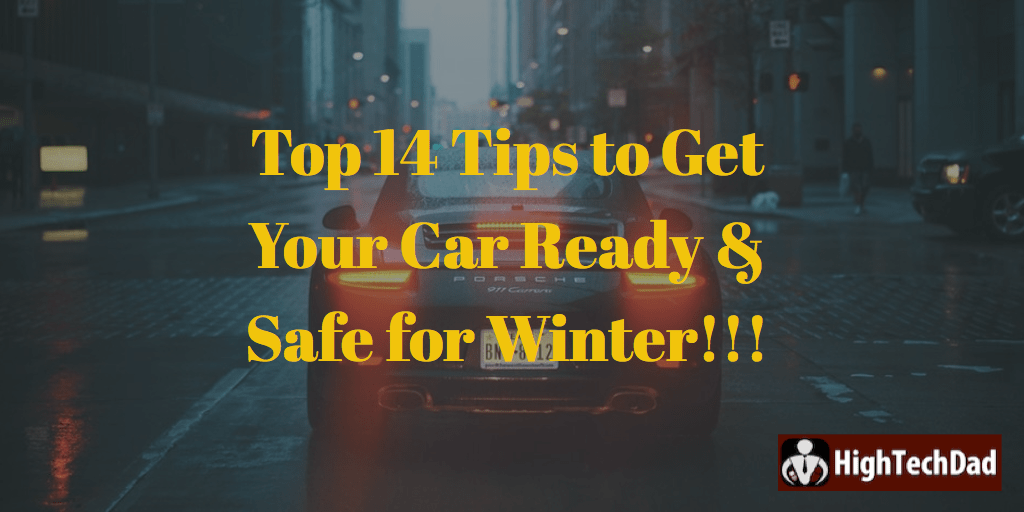According to the National Safety Council, motor-vehicle deaths have risen 6% in 2016 and for the first time, have exceeded 40,000 since 2017. Interestingly, however, is that recently the winter months (December, January, and February) tend to have slightly lower numbers than the other months of the year. People are driving more because of more reasonable gas prices which would account for more possibility of accidents due to increased road travel. With more people on the road coupled with increased distractions from smartphones, it’s no wonder that driving continues to be a dangerous activity. However, there are several things that car owners or leasers can do to make their car safe and ready for the winter driving season.
Some of the following tips can be easily done by the car owner themselves, while others may require the help of a trained auto mechanic or service station. Whatever the means you choose, doing some pre-work before the rain or snow hits during the winter months can not only make your drive more pleasurable, it can also make it safer for the driver, the passengers, and others on the road.
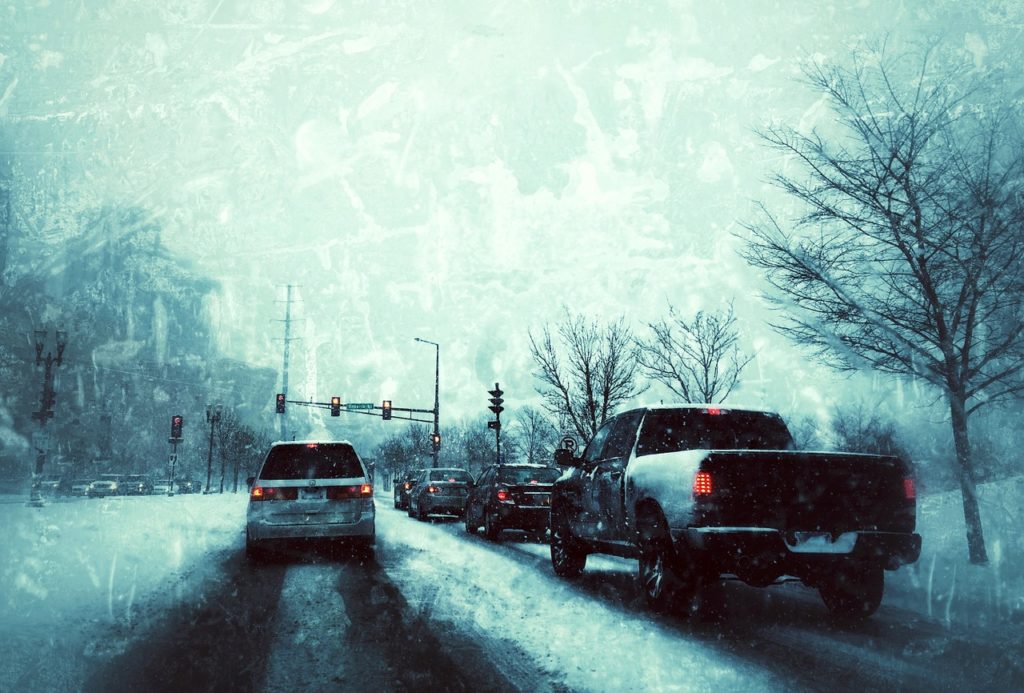
Car maintenance and safety must be a high priority to all. Cars have become much more complicated in modern days, with lots of systems and checks built into all aspects of a vehicle. But all too frequently, drivers have become complacent or overly reliant on technology to do the warning and troubleshooting for them. While these systems do indeed work, sometimes there is nothing better than a physical inspection of your vehicle for things that may not be covered by technology.
Now, let’s take a look at your vehicle and walk through the top 14 tips to get your car ready and safe for winter.
#1 – Check Your Wipers
There is nothing worse than having old and infective windshield wipers, especially in a time of need. In a downpour, if when your wipers are running they are leaving streaks or smudges, it’s either time to clean them or replace them completely. As you drive, your windshield gets a build-up of all types of dirt, oil, bug guts, or other items and while wipers do clean that stuff off of the windshield, there really isn’t anything cleaning the wipers themselves.
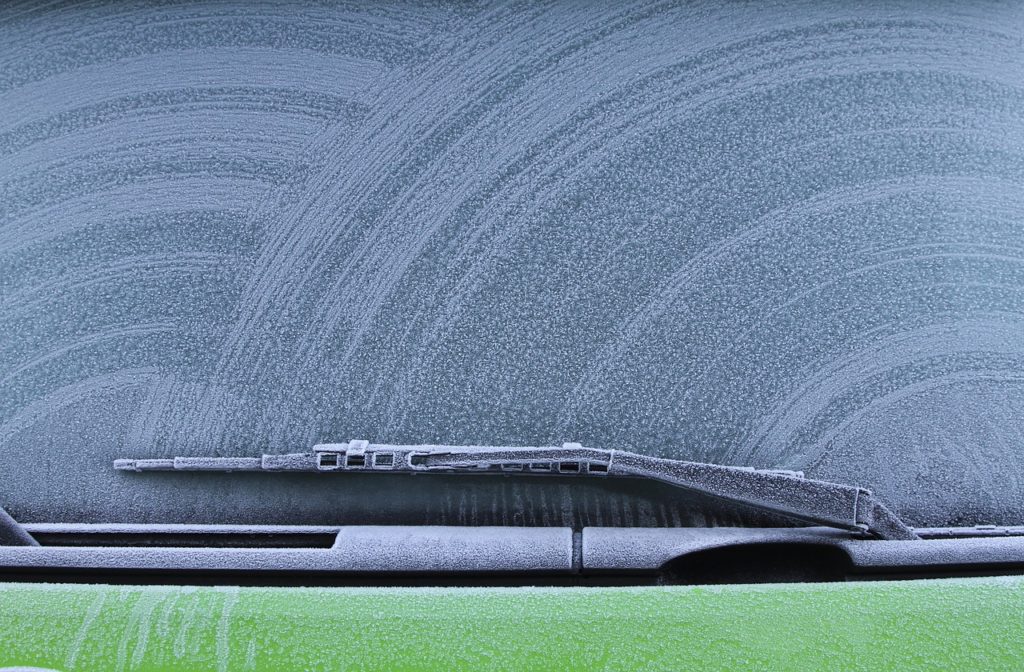
Also, wipers typically undergo pretty harsh treatment during a year. Hot sun or frequent use cleaning stuff off of the windshield can degrade even the best wiper blade. As a good rule of thumb, you should periodically wipe the blades with a paper towel or cloth to get off some of the oil and dirt.
But more importantly, you should replace your wiper blades at least every year. And it is best to do this prior to the rainy or snow season (or if you notice the blades are not as effective as before). There is a wide range of brands and types of wipers, from entry-level to “high performance” wipers. Choose whatever meets your budget but personally, I would opt for something above the entry-level ones. Also, be sure to get the right sized wipers for your car!
#2 – Check Your Tires
There are just four small patches of your car that actually has contact with the ground. It’s where the rubber meets the road…literally. With such a prime function, tire inspection and care should be of utmost importance, especially during the winter where roads can be slick with rain, ice, or snow. Year round, you should always check your tire pressure. Having under-inflated tires can reduce your gas mileage and potentially impact stopping distances among other things. Remember that air reacts to temperature. As your tires warm up, the air inside of them expands, increasing the pressure. Have you ever come out in the morning after a particularly cold night and found that low tire pressure indicator light glaring in your face? Keeping an accurate read of the tire pressure can help prevent that.
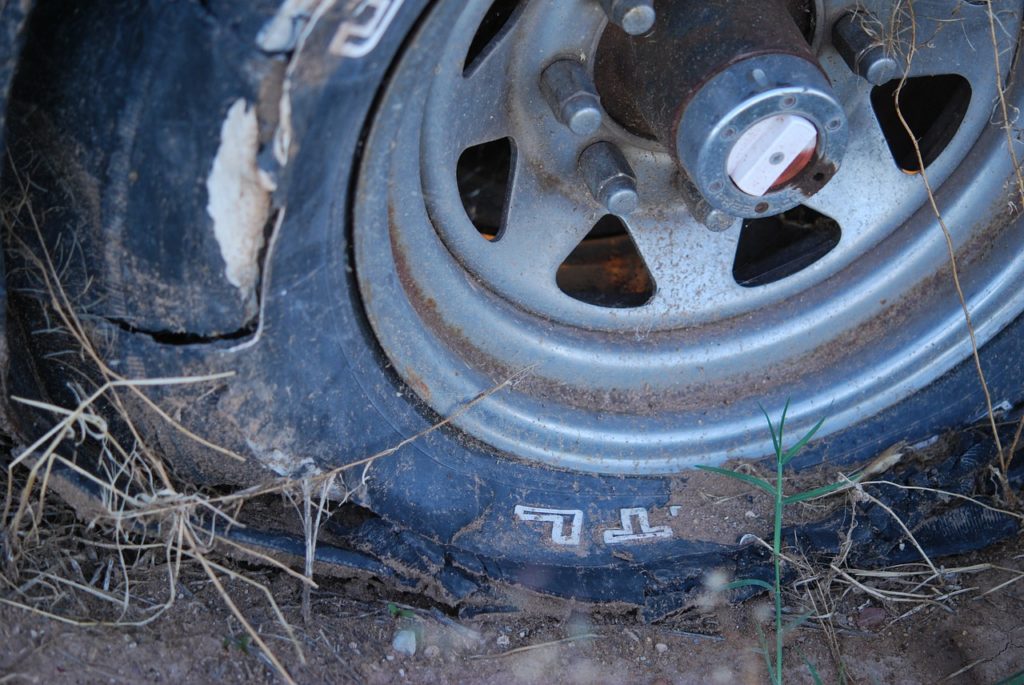
More importantly are how your treads are holding up. Tires that are worn out without much tread life left are dangerous and can dramatically increase the stopping distance during emergency braking. And they can have reduced handling capabilities when turning. Periodically do a visual inspection of your tires to see if they are worn or how much tread life is left. And you can do the penny-test where you put a penny into the tread. If the tread is too worn down, you will see all of Lincoln’s head. And while you are checking the treads, look for nails or screws!
Also, depending on where you live and the weather there, you may actually want to have both summer and winter sets of tires. There are several key differences between these tire types and having the wrong type of tire in certain weather conditions can be dangerous.
#3 – Test & Replace Battery
When the weather gets colder, cars can have trouble starting up. This is all due to a bunch of scientific facts. Gas, which needs to be vaporized in order to burn, evaporates more slowly in cold weather. Engine oil gets a bit thicker as well. And the chemical reactions in batteries take place much more slowly when the battery is cold than otherwise, causing the starter motor to have less energy to get cranking with.
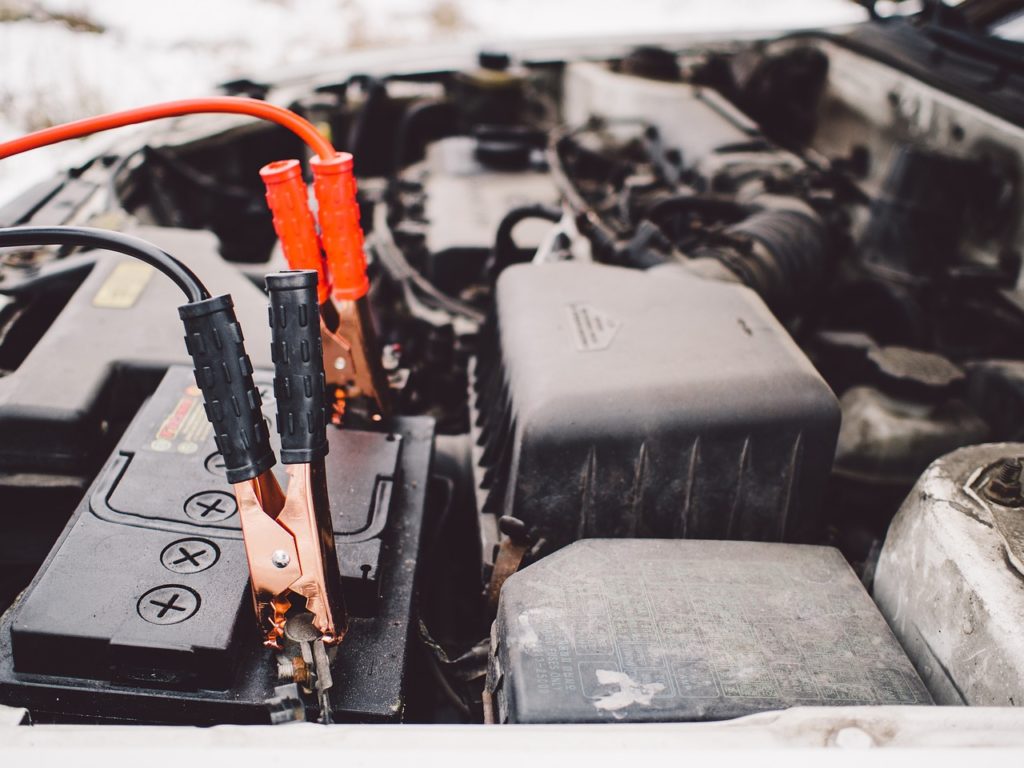
Before the winter season arrives, go to a reputable service station to get your battery inspected and tested. Many service stations can test the condition of your battery and recommend if you need to get it replaced or if it is in ok shape.
You should also inspect the battery terminals for corrosion and clean them if necessary. Too much corrosion can actually prevent the battery’s power from flowing from the battery through the cables. If you do decide to clean the terminals yourself, be sure to wear eye and hand protection. You can clean with baking soda and water and a stiff brush. You can add some petroleum jelly on the terminals once they are clean and dry.
#4 – Brake Inspection
As critical as having good treads on your tires is having the proper braking power to stop. While advances like ABS and Traction Control have greatly assisted in optimizing braking performance under all types of conditions, these technologies are only as good as the condition of the brake pads and drums themselves. And those vehicles without braking assistance technologies rely 100% on the brakes alone to stop a vehicle.
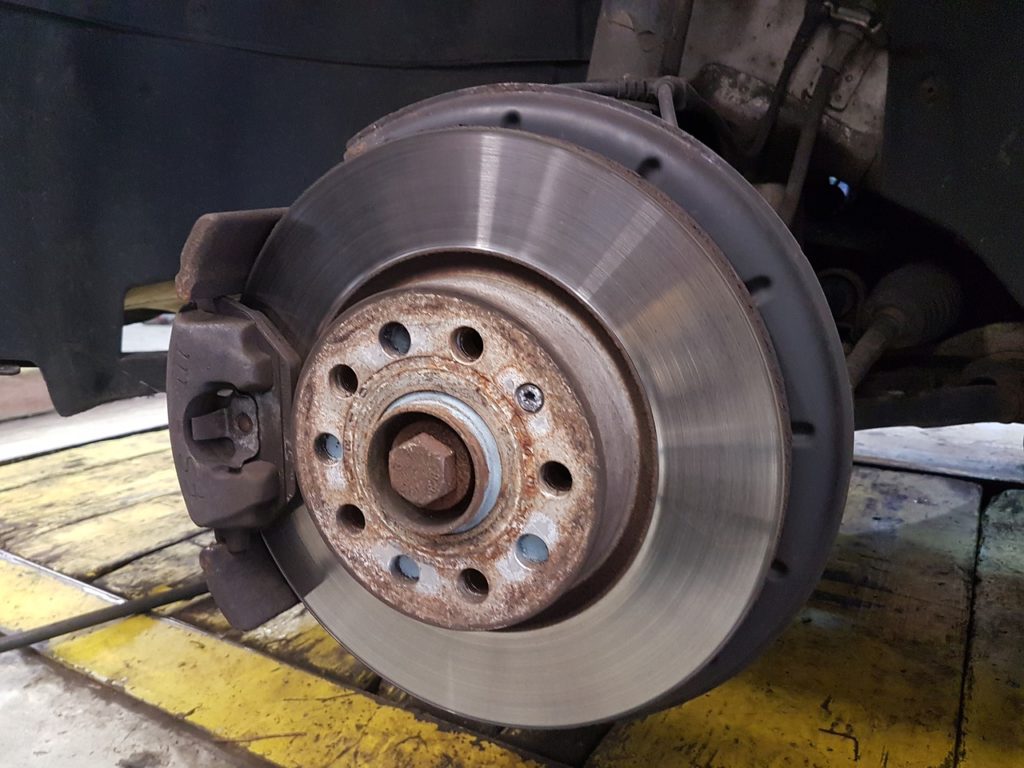
It’s important to get your brakes inspected periodically. For those with the proper tools and knowledge, inspecting your brake pads may be as simple as removing the tire. But for the rest of us, taking your vehicle into a service center is probably better.
Sometimes you might not even need a visual inspection to know if your brakes are on their last legs. You can sometimes feel a pulsing or braking may take a bit longer. And, brakes are engineered to provide audible cues as to when they are wearing out. If you hear scraping or screeching when you brake (or even when your wheels are spinning and you aren’t even braking) – something like metal rubbing against metal – you should definitely take your vehicle in for a brake inspection.
#5 – Top Off Liquids
One of the most important maintenance items you can do yourself is checking the fluid levels of the coolant and windshield wiper fluid. Wiper fluid is the easiest one to change yourself. I’d recommend getting actual wiper fluid from an auto shop versus just putting plain old water in there. And if you live in an area where it gets below freezing, get some no-freeze fluid.
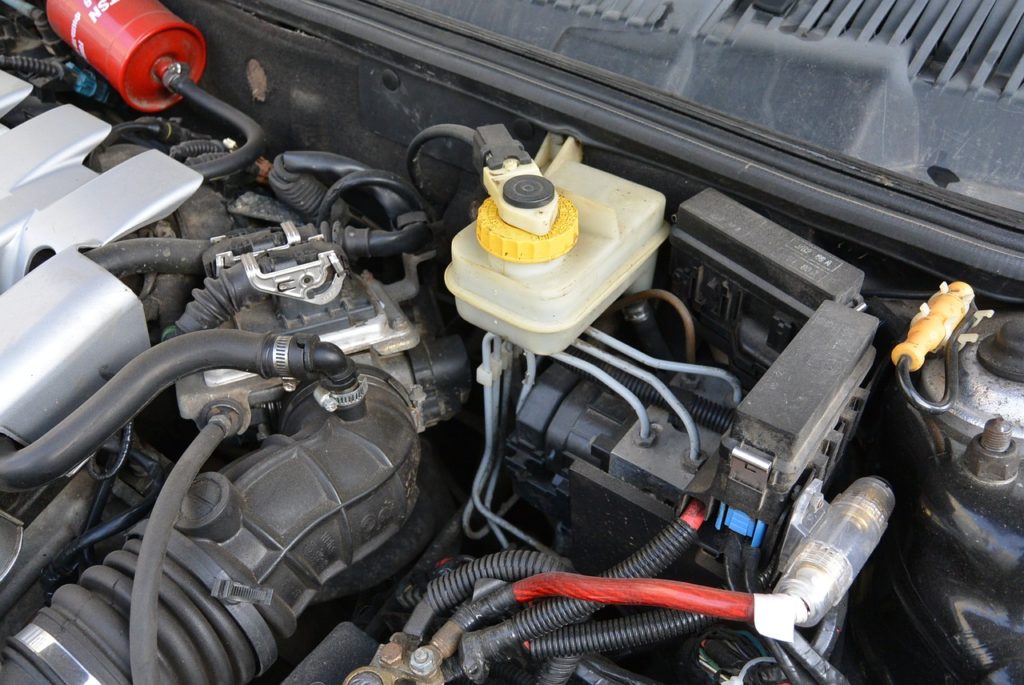
Like water, coolant expands when it freezes. Logic then would dictate that you don’t want your coolant to freeze. Not all areas are affected by this issue so be sure to consult with a reputable mechanic on what would be best for your vehicle. In many cases, a 50/50 mix of water and antifreeze is just fine.
If you haven’t had your cooling system inspected and/or flushed, you may want to have this done before the winter season starts. Antifreeze actually breaks down over time and loses its effectiveness. Also, the system should be flushed to remove contaminants and rust.
#6 – Get the Oil Changed
This is something you should do regardless of the season. Engine oil must be at adequate levels and must be clean. Over time, engine oil starts to break down and can become contaminated with dust, dirt, and other debris, and this can cause your engine to run inefficiently and actually damage your engine. Preventative maintenance like this can actually save you thousands of dollars in repairs in the long term.
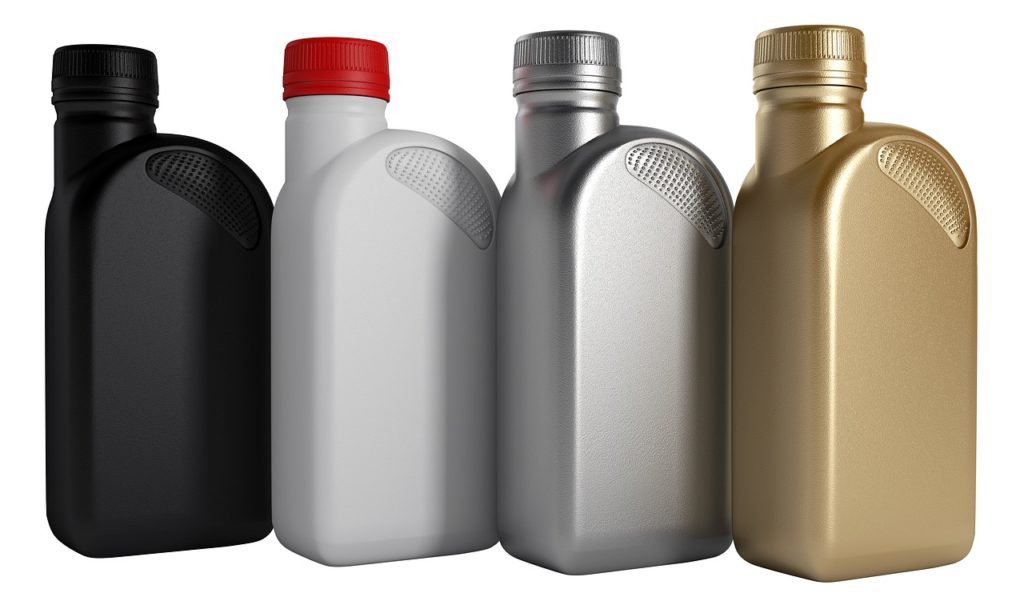
If you have the know-how, you can change the oil yourself. The process is fairly basic. Drain the old oil (it may look darker), replace the oil filter, and add in the appropriate engine oil weight for your vehicle. Or, if you are not comfortable doing this process yourself, you can take it to a service station and have them do it.
Regularly changing the engine oil and oil filter has many benefits to your vehicle. It will lubricate all of the moving parts within your engine, preventing unneeded wear and tear. It also acts to cool engine components which, in turn, will prevent your motor from overheating. As engine oil breaks down, it becomes sludgy which can lead to corrosion. Also, when your engine is running in a well-lubricated way, it can actually improve gas mileage by 1-2%. Lastly, it extends the life of your vehicle.
#7 – Replace the Floor Mats or Floor Liners
This tip could really be applied before or after the winter season. In fact, you might not want to replace your floor mats or floor liners until after the wet and snowy season. Let’s face it, during the winter, you WILL get into your car with dirty or muddy shoes on, and despite all of your best efforts to keep your vehicle clean, you will probably fail miserably!
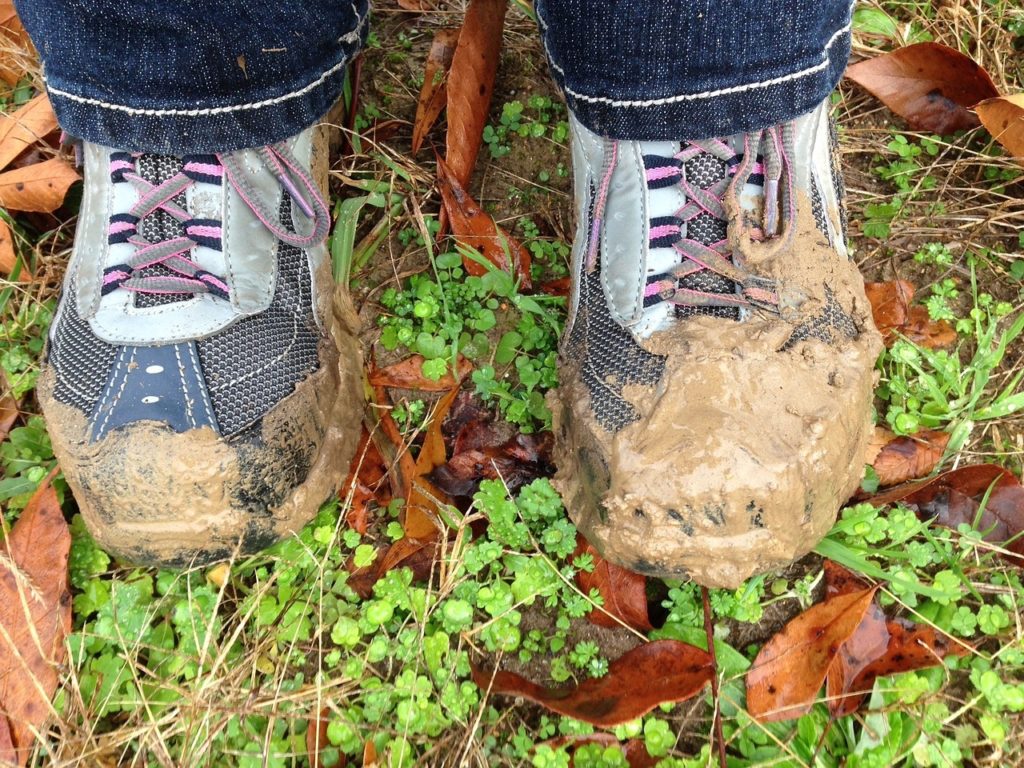
During a car purchase, either new or used, one of the costly “up-sells” is that of floor mats. This is typically a premium tacked on after the price has been negotiated and agreed upon (unless you say up front that you want floor mats included for free). And even those manufacturer floor mats are often not very “premium.” So, you may want to elect to get some floor mats or floor liners after the purchase is complete.
When you do get new mats or liners, be sure they are tailored specifically to your make and model. Generic mats look odd at times and may not fully cover the floor liner in the right way. It’s a bit trickier to clean the floor liner which can’t be removed than a floor mat which can. And you want to be sure the mats or liners are anchored to the floor either through a hook or other fastening mechanism, otherwise, they can become dangerous particularly under the driver’s feet.
#8 – Check all Lights and Bulbs
An important safety check, again regardless of the season, is that of inspecting your headlights, turn signals, and brake lamps. A burnt-out bulb can not only be a safety hazard for those around you, you can also run the risk of getting a fix-it ticket! Having a burnt-out headlight can create a risky driving situation in rain, snow, or at night, not only reducing visibility but also making your own vehicles less visible to oncoming traffic.
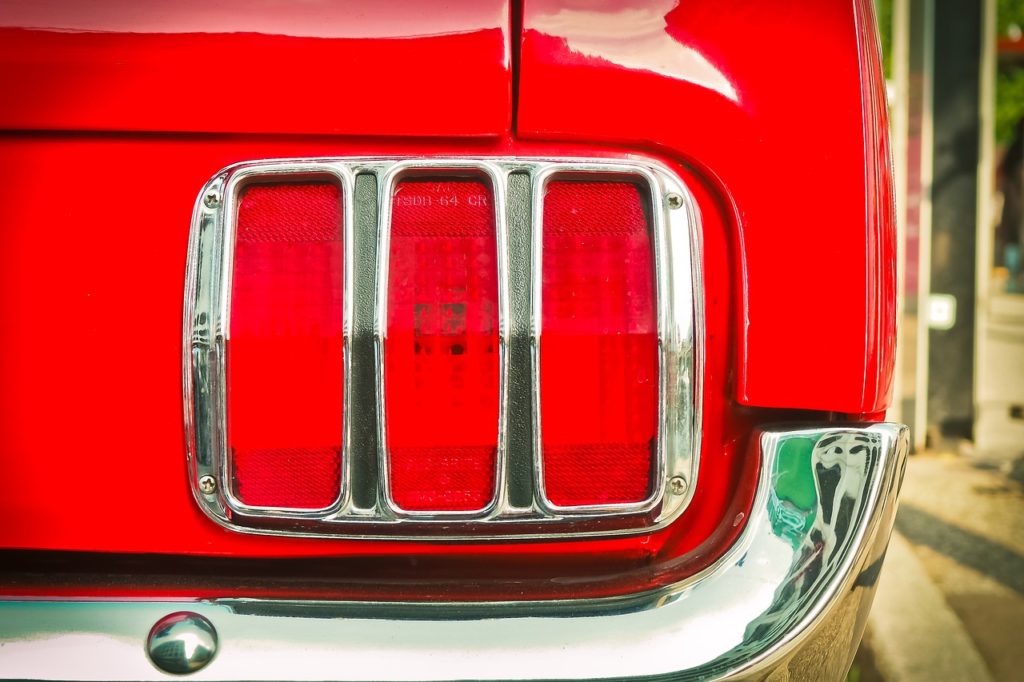
Replacing a burnt-out bulb can range from being an extremely easy process to something that truly only a mechanic can do, especially if other items need to be removed in order to access the bulb. There are plenty of articles and videos online that can be helpful in doing this process yourself, and you may save a bit of money in the process. But if you want to ensure that the job is done properly, with the correct bulb, definitely talk to your dealer or mechanic.
While you are checking and replacing bulbs, you may also want to polish up the covers of your headlamps to ensure they are as bright as possible. If your headlights are cloudy and not looking very new, you can get a headlamp restoration kit and just do it yourself.
#9 – Visually Inspect Belts and Hoses
Again, there are some things that you can do yourself to ensure your vehicle is ready for the winter or just driving in general. In all engines (perhaps some electric vehicles are the exception), there are hoses and belts that are critical to keeping your vehicle running. Over time, hoses can become loosened due to vibrations or can simply wear out. Pay extra attention to the cooling system hoses as they do tend to wear out. Belts are essentially super-strong rubber bands that power a variety of components (alternator, water pump, power steering pump, and A/C compressor). And these belts wear out.
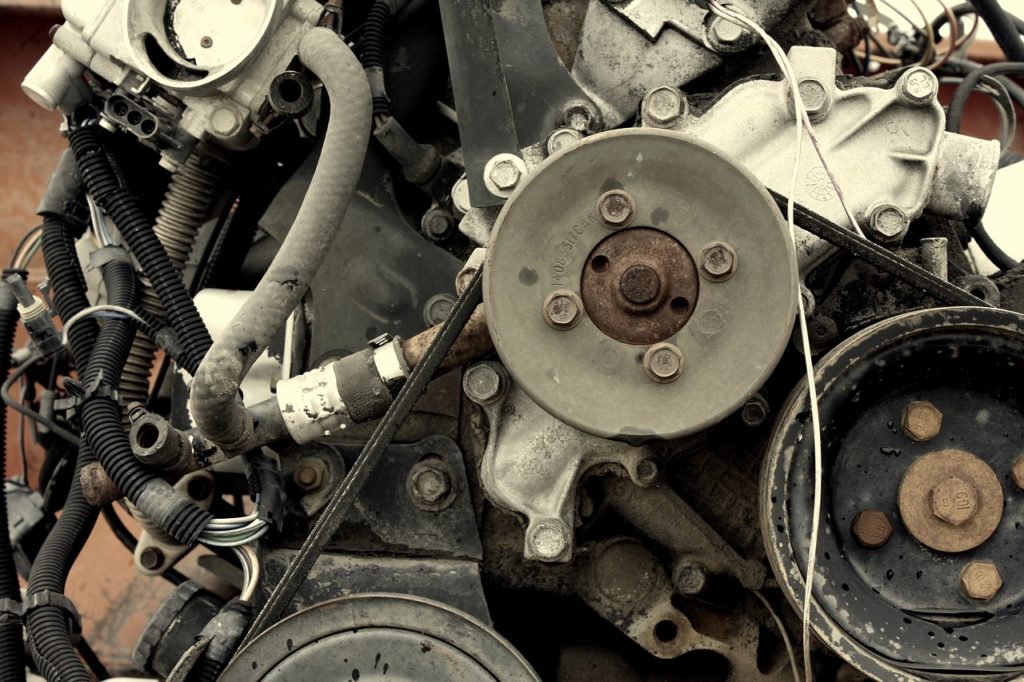
While you can do some rudimentary inspection yourself, often a skilled mechanic should be the one who truly looks at all belts and hoses. But to start the process yourself, simply pop open the hood and do some visual and touch inspections. Remember, the engine could be hot so be careful and wear gloves. For hoses, looks for cracks or bulges, and you can squeeze some of the hoses to see if they are soft. For belts, look for cracks, fraying, or splitting, as well as anything out of the ordinary.
Once you do your own inspection, have a good mechanic or service station do a full evaluation. Replacing or repairing these items yourself can be tricky, especially if you haven’t done it before.
#10 – Get a Complete Safety Checkup or Tune-up
This tip is one of those that pretty much goes without saying. However, it is often overlooked, neglected, or avoided because of one excuse or another. However, many dealers or service stations offer a service where they will do a complete safety check of all core components of your vehicle. And, more often than not, they will inspect or check many of the items outlined in this article.
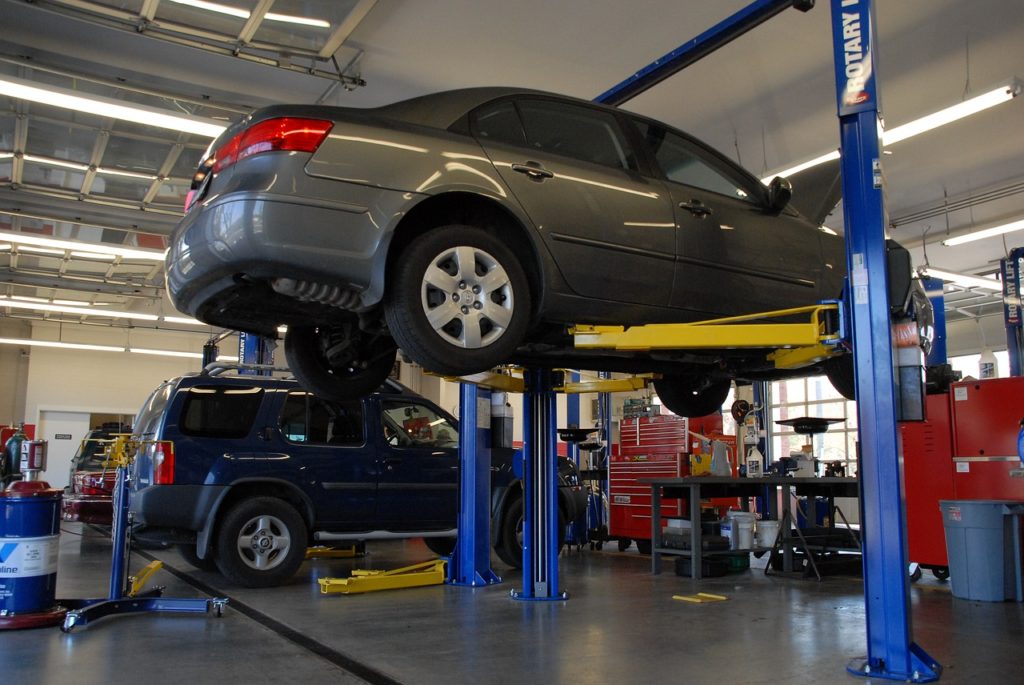
While those who offer these types of services may do so for free, don’t be surprised to get a list of things that you “must” or “should” fix. So, it’s important to find a mechanic or service company that is fair and reliable in order to avoid being surprised by that huge list of potentially dangerous fixes you must do.
If you indeed do get a list of things to fix, carefully evaluate which ones are the most critical. Also, look at things you may be able to do yourself. And ask to see exactly what they are talking about so that you have a better understanding of the work you must or should do.
#11 – Put Together an Emergency Kit
While some newer cars include this (some for free and some as a premium add-on), most cars do not have first aid or emergency kits, unless the owner has put one together themselves. Having an emergency kit can be a lifesaver, literally! You can purchase pre-made kits from many places, or you can put one together yourself. In fact, an emergency kit should contain a first aid kit.
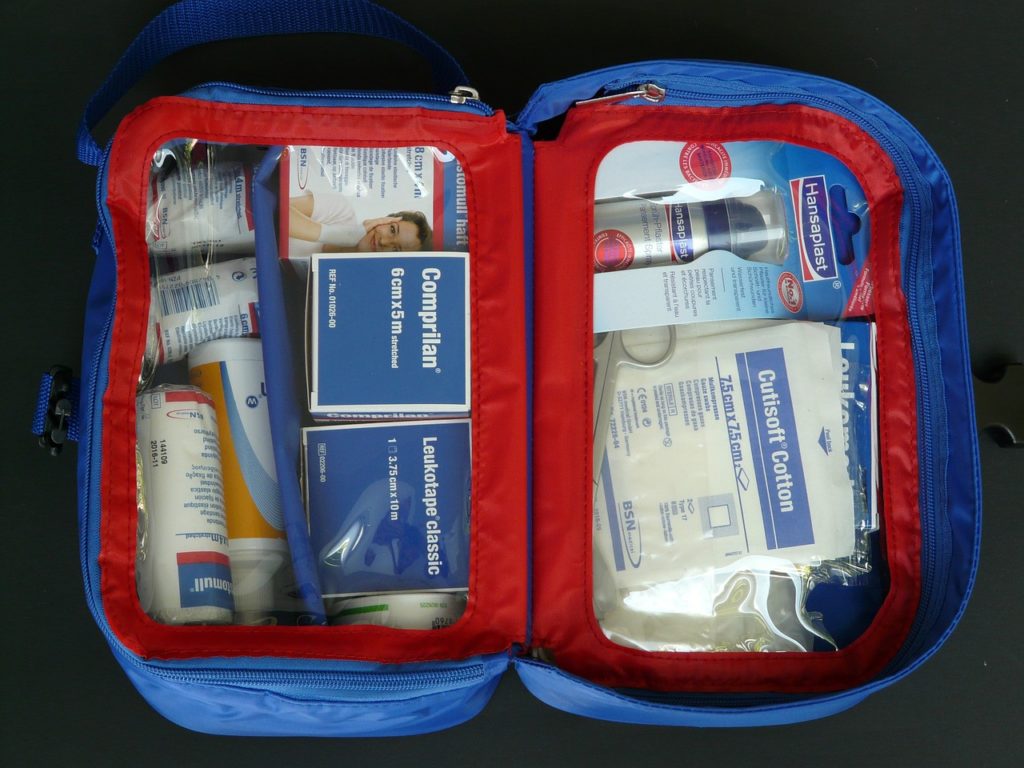
If you plan on traveling a long distance during the winter season, you may want to compile a slightly larger kit and store it in a plastic box in your vehicle. Think about including things like matches, candles, pocket knife, soap, distress flags, cell phone adapter to plug into the car lighter, tire pressure gauge, foam tire sealant, gloves, extra flashlight batteries, duct tape, and a rain poncho.
Also, you may want to consider having some extra items like a blanket and/or warm jacket. Also, having a case or a few bottles of water is a good thing to carry along. For the winter season and if you drive in areas where there is snow, you may also want to include a shovel or broom, and some sand or kitty litter that can be used under your tires if you get stuck in the snow. Have a flashlight (check those batteries), jumper cables, and even flares for those times when they are needed. You may want to have some snacks like trail mix or food that won’t spoil.
#12 – Replace Filters
While part of the oil change service is having your oil filter changed, there are a couple of other filters you may want to inspect and change as well, namely your engine air filter and cabin filter. Cabin filters play an important role in the well-being of the vehicle occupants. They filter out dust, pollen, and other airborne items. While you might not really notice it, anyone who suffers from allergies or respiratory problems will. In fact, a dirty cabin filter can reduce the effectiveness of your climate control system with symptoms of reduced air flow or even bad odors.
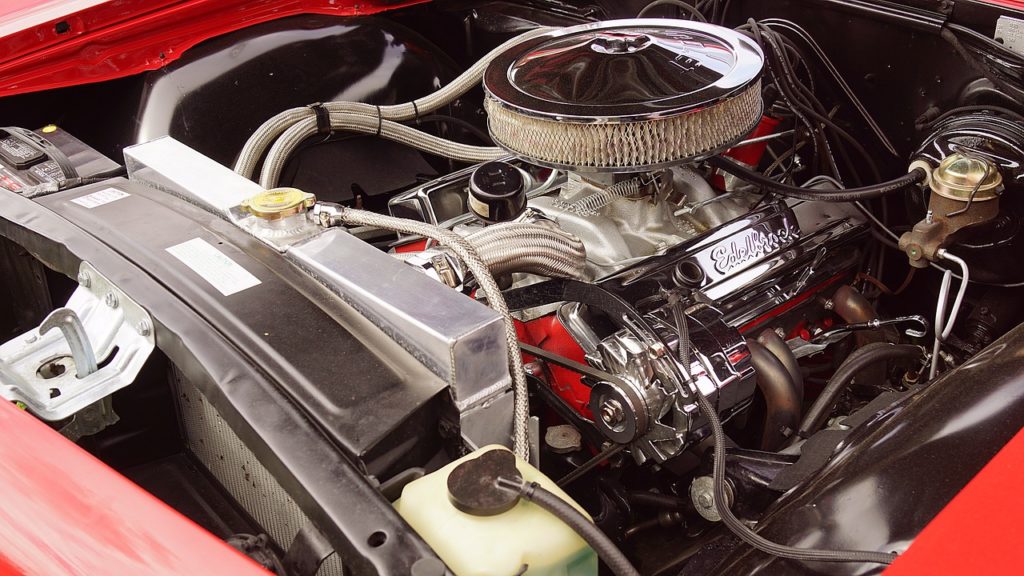
Even more important is inspecting and changing the engine’s air filter. Since engines require a mixture of fuel and air to run, without a good supply of clean air, the combustion process is not as effective which can lead to engine issues down the road, literally. How frequently you change your engine air filter depends on where you drive your car. Stop and go traffic or dusty environments warrant changing your filter a bit more frequently.
Changing the air and cabin filters is another one of those items you can actually do yourself in most cases. However, some cabin filters may be a bit trickier to do and need a mechanic to do it. The cost to replace the filters isn’t much, especially if you weigh it against engine problems or passengers complaining of allergies or bad smells.
#13 – Get a De-Icer or Scraper
Yes, I probably could have included this in the emergency kit section but I wanted to be sure this particular item gets a bit more attention especially during the winter when frost and/or ice forms on your windshield or other windows. An ice scraper is one of those items that you should always have handy. If you rely on just your defroster to melt the ice, you may have to add 10 to 15 minutes to your drive time as you wait for the ice to clear and the windows to defog.
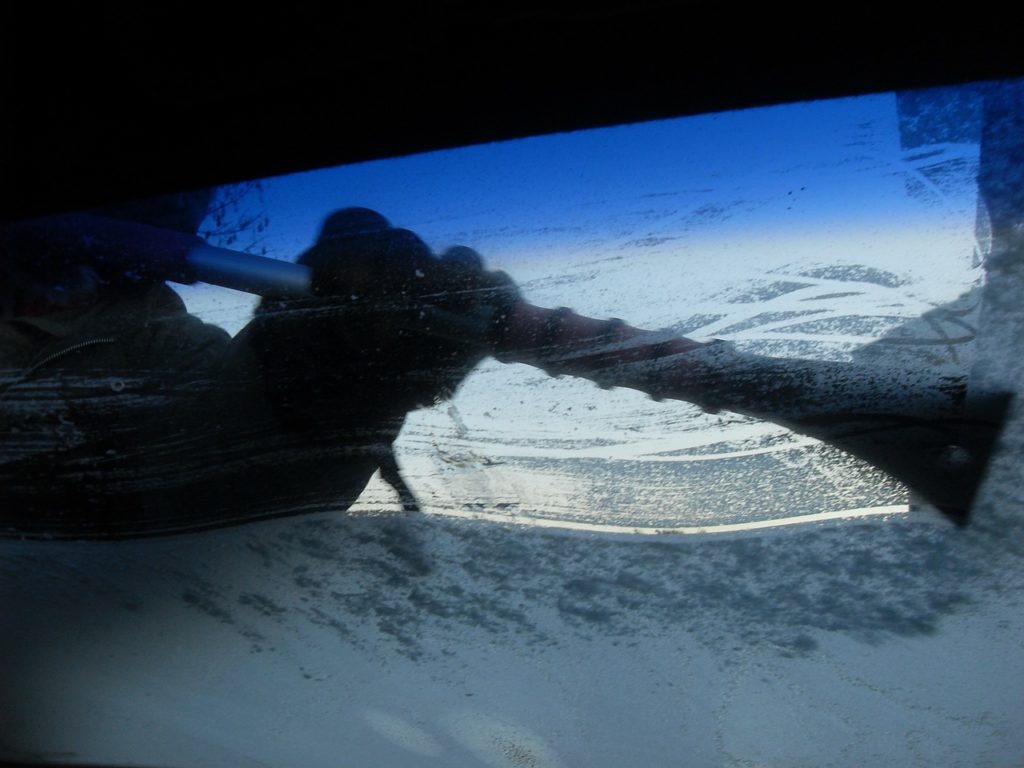
While you could use a credit card in an emergency, who really wants to do that. Invest in a longer-handled scraper to extend your arm’s length. And many scrapers come with a brush as well. You can even get heated ice scrapers that plug into your car.
If you live in an area where there is lots of ice, you may want to get some de-icer spray or windshield fluid additive. And there are even de-icers for locks on car doors. But do check to see if this type of product is available in your state or country as they are sometimes restricted because of their chemical composition.
#14 – Keep Your Gas Tank Filled
Last but not least, you should think about your fuel. There is probably nothing worse than running out of gas in the middle of a blizzard or a torrential downpour. But did you know that always “running on empty” can actually be harmful to your fuel system, particularly the fuel pump? The cost of a replacement fuel pump can be one to two grand, and something that can be easily avoided by just keeping your tank above a quarter of a tank full.
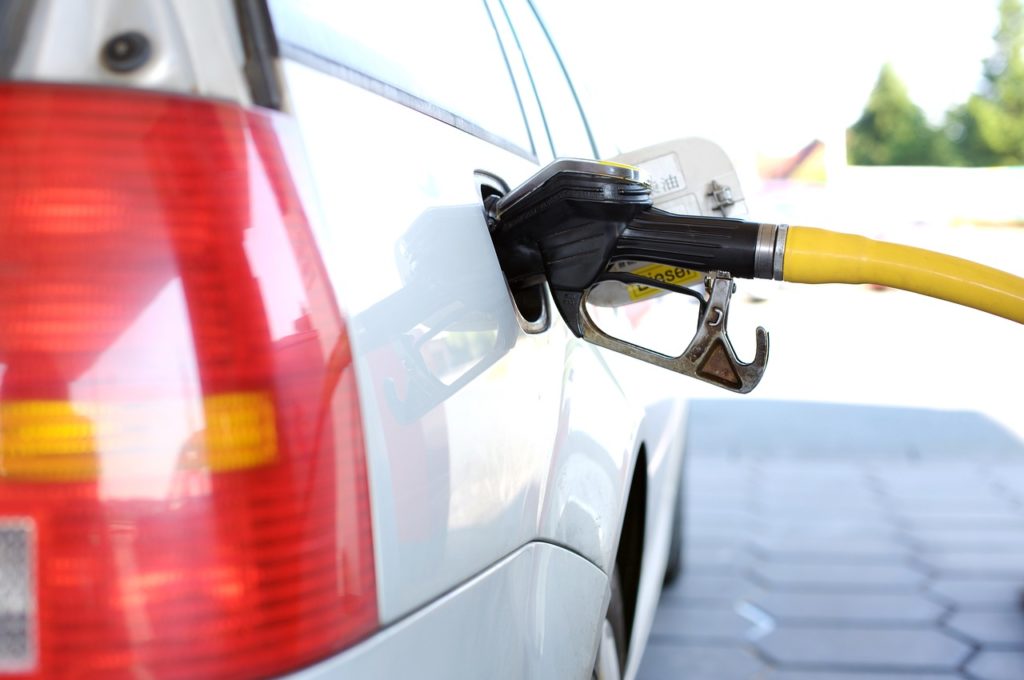
What happens when the fuel level gets low is a variety of things. For starters, the fuel tank keeps the fuel pump cool because of how it is designed. In the colder temperatures of winter, condensation occurs in the fuel tank so the fuel gets moisture in it which can be particularly bad with fuel injection systems when the temperature is below freezing. Also, all kinds of gunk can accumulate at the bottom of your fuel tank so as your fuel levels get low, all of that “stuff” can get into your fuel line, causing your car performance to be reduced.
Your fuel filter should be replaced from time to time as well to ensure that gunk doesn’t get into your fuel lines. But again, I circle back to safety during winter. You should never drive off on a winter trip without topping off your fuel first.
Driving Safely in the Winter
It goes without saying that you should change your driving habits when the weather becomes bad. Ice, snow, rain, sleet, hail, and wind can definitely make driving more dangerous and require even more attention from the driver. There are different tactics for driving in various types of bad weather. Slippery surfaces increase breaking distance and can impair turning ability. Give yourself extra time when driving either because you have to drive more slowly or carefully, or because others might not have heeded these warnings and have caused an accident. Also, be sure to give extra padding between your vehicle and the one in front of you.
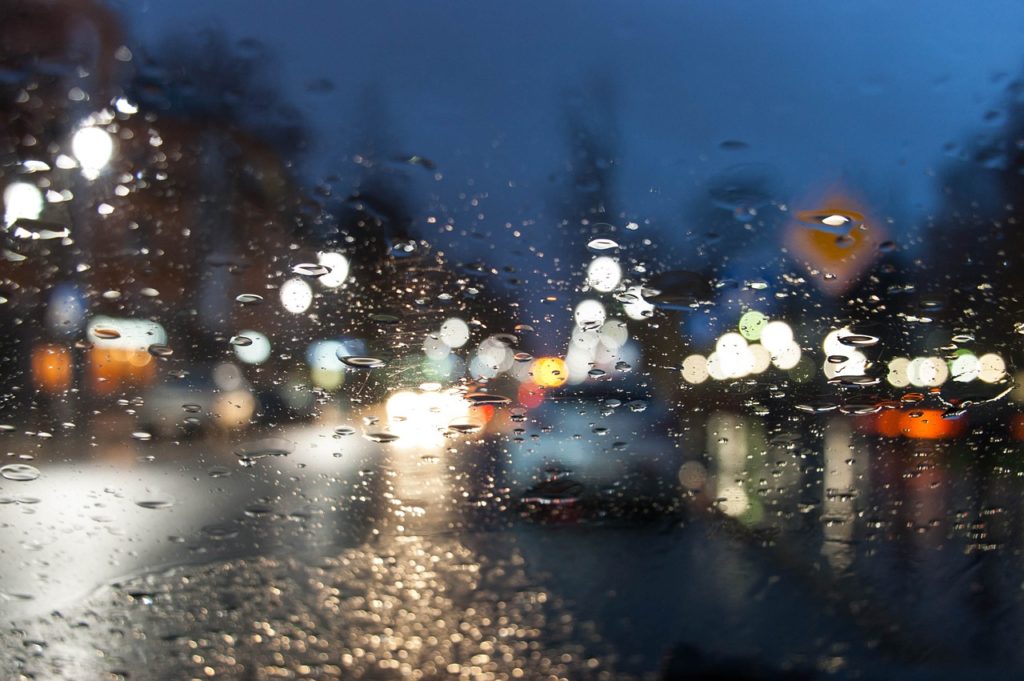
And, be sure you thoroughly check your vehicle or have it inspected by a professional service center prior to the onset of the winter weather. A little bit of preventative maintenance or care can prevent a lot of heartache and mishaps if not done.
Disclosure: I have a material connection because I received monetary compensation for consideration in preparing to write this content. All opinions within this article are my own and are typically not subject to the editorial review from any 3rd party. More information can be found on my About page.
HTD says: Get your vehicle ready for the winter season by following these 14 top tips. Winterizing your car means that you, your passengers, and others around you will be safer when the roads are being less than friendly.
